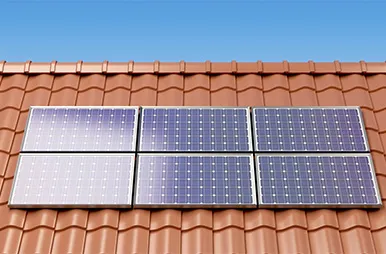Exploring the Benefits and Features of Double-Sided Solar Panels for Enhanced Energy Capture
The Advantages of Double-Sided Solar Panels
In recent years, the demand for renewable energy sources has surged due to the escalating concerns about climate change and the depletion of fossil fuels. Among various renewable energy technologies, solar power has gained particular attention due to its sustainability, efficiency, and versatility. One of the most innovative advancements in solar technology is the development of double-sided solar panels, which are increasingly being recognized for their efficiency and effectiveness.
Double-sided solar panels, also known as bifacial solar panels, are designed to harness sunlight from both sides. Unlike traditional solar panels that only capture sunlight from the front, bifacial panels utilize rear-side irradiation, significantly enhancing their overall energy production. This is achieved by allowing light that reflects off surfaces such as the ground and nearby structures to be absorbed by the rear side of the panel.
The Advantages of Double-Sided Solar Panels
Moreover, the installation of bifacial panels often requires less space for the same amount of energy generation. Since these panels produce more electricity, the need for extensive installations across larger areas can be reduced. This is particularly beneficial in urban settings where space is limited. By maximizing the efficiency of solar energy collection per square foot, double-sided solar panels can contribute significantly to energy needs without encroaching on valuable land.
solar panel double sided

Another aspect to consider is the longevity and maintenance of double-sided solar panels. Typically, these panels are more robust and resistant to environmental pressures, thanks to their design and advanced materials. This can translate to lower maintenance costs and longer lifespans, which are essential factors in the long-term viability of solar energy systems. When properly installed, bifacial panels can offer return on investment through both energy production and durability.
In addition to their efficiency and cost-effectiveness, double-sided solar panels also contribute to reducing carbon footprints. By harnessing renewable energy, they play a crucial role in decreasing dependency on fossil fuels, thus mitigating greenhouse gas emissions. With the world moving towards sustainable practices, integrating bifacial solar technology into energy strategies can support national and global goals for reducing climate impact.
However, it is essential to recognize that the successful implementation of bifacial solar panels requires careful consideration of site conditions. Factors such as orientation, tilt angle, and ground reflectivity can significantly influence the effectiveness of these panels. Therefore, thorough site assessments and planning are necessary to optimize their performance.
In conclusion, the rise of double-sided solar panels marks a significant advancement in solar technology, paving the way for more efficient and sustainable energy solutions. Their ability to generate surplus energy from reflected sunlight, coupled with lower land use requirements and potential cost savings, positions them as a compelling choice in the renewable energy landscape. As we continue to address the challenges of climate change, embracing innovative technologies like bifacial solar panels will be crucial for building a cleaner and more sustainable future.
-
Understanding the Advantages of Solar String Inverters for Your Energy SystemNewsApr.29,2025
-
Choosing the Right PV Inverter: A Comprehensive GuideNewsApr.29,2025
-
The Future of Solar Power: Exploring Bifacial Solar PanelsNewsApr.29,2025
-
The Complete Guide to Solar Panels: Efficiency, Cost, And InstallationNewsApr.29,2025
-
The Best Options for Efficiency and Cost-EffectivenessNewsApr.29,2025
-
Harnessing the Power of Off-Grid Solar Inverters for Energy IndependenceNewsApr.29,2025







